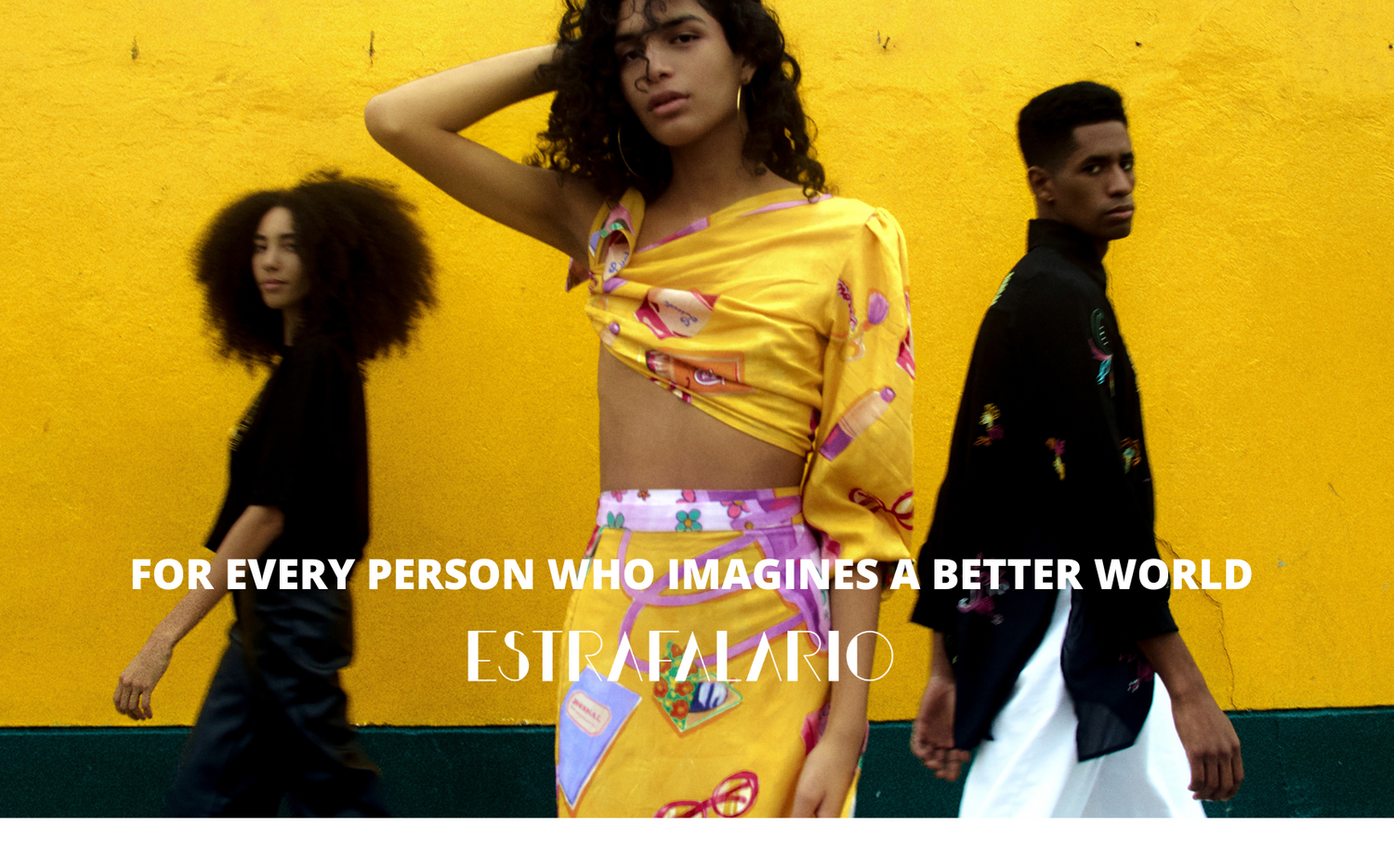In collaboration with Pachamama Raymi.
Made from biodegradable Peruvian Pima cotton.
In addition, it is naturally biodegradable.
Exclusive designs by Quirky and freehand drawn by Vavi.
Embroidered by our expert artisans.
75 million people work in the textile industry, many of them in precarious conditions
(Source: Fashion Revolution).
Fast fashion uses large amounts of natural resources, including land and water.
(Source: McKinsey & Company).
Sustainable fashion is often produced locally, which benefits local economies.
(Source: Ethical Fashion Forum)
The textile industry uses thousands of chemicals, many of which are toxic to the environment.
(Source: Greenpeace).
It is estimated that the average lifespan of a Fast Fashion garment is only 3-5 uses.
(Source: Ellen MacArthur Foundation)
The fashion industry is responsible for polluting 20% of the world's waters.
(Source: UN)
Transparency is on the rise in the fashion industry with brands disclosing their practices and supply chains
(Source: Fashion Revolution)
Innovative sustainable materials such as mushroom skin and recycled fabrics are being developed
(Source: Textile Exchange).
Fast fashion contributes to the problem of microplastics in the oceans due to low-quality clothing (Source: IUCN).
95% of sustainable fashion brands showcase diversity of cultures, races and bodies.
(Source: Fashion Revolution)
Fast fashion is responsible for 10% of global carbon emissions, while sustainable fashion tends to use greener practices.
(Source: Pulse of the Fashion Industry)
Sustainable fashion production tends to require less energy than conventional fashion, which contributes to the reduction of greenhouse gas emissions.
(Source: Ethical Fashion Forum)
85% of textiles end up in landfills every year
(Source: Environmental Protection Agency).
The fashion industry uses fur and leather, but sustainable fashion focuses on cruelty-free alternatives
(Source: PETA).
Innovation in sustainable fashion is driving the industry towards a more sustainable future
(Source: McKinsey & Company).
By choosing sustainable products, you reduce the pressure on natural ecosystems, which benefits biodiversity.
(Source: World Wildlife Fund)
Sustainable fashion can contribute to multiple Sustainable Development Goals, such as the End of Poverty, Gender Equality, Responsible Production and Consumption
(Source: United Nations).
Thank you for joining our Sustainable Fashion community
We hope this report inspires you to make conscious lifestyle choices and contribute to the well-being of the planet. Remember that every choice counts.
Let's support local businesses together and consume consciously!







